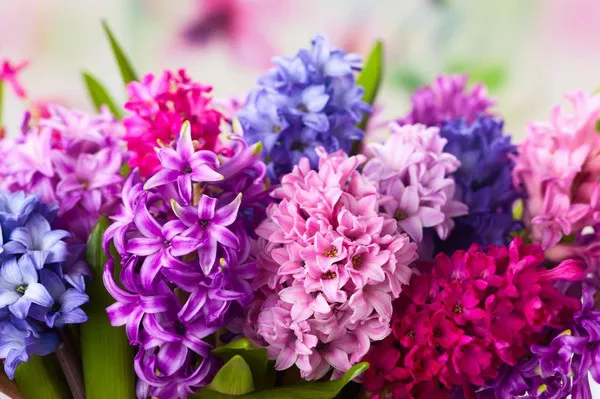Indoor gardening is a delightful endeavor that allows enthusiasts to nurture nature’s beauty within the comfort of their homes. However, many indoor gardeners encounter challenges when it comes to pollinating flowers, especially in the absence of outdoor pollinators like bees and butterflies. Fear not, for this comprehensive guide will equip you with the knowledge and techniques needed to successfully pollinate your indoor blooms, ensuring a flourishing and bountiful garden.
Understanding Pollination
Pollination is the vital process by which pollen is transferred from the male reproductive organs (anthers) to the female reproductive organs (stigma) of a flower, leading to fertilization and the production of seeds. In nature, this crucial task is predominantly performed by pollinators such as bees, butterflies, birds, and even the wind.
However, in indoor settings where these natural pollinators may be absent, gardeners must take on the role of pollinators themselves to ensure successful fertilization and fruit set. Understanding the mechanisms of pollination is the first step towards mastering indoor pollination.
Types of Pollination
Self-Pollination: Some plants are capable of self-pollination, where pollen is transferred from the anther to the stigma within the same flower or between flowers of the same plant. Examples of self-pollinating plants include tomatoes, peppers, and beans.
Cross-Pollination: Other plants rely on cross-pollination, where pollen is transferred between flowers of different plants. This can occur via various means, including insects, wind, or human intervention. Examples of cross-pollinating plants include squash, cucumbers, and apples.
Tools and Techniques for Indoor Pollination
1. Hand Pollination: Hand pollination is the most common method used by indoor gardeners to ensure successful pollination. This method involves manually transferring pollen from the anther to the stigma using a small brush or cotton swab. Here’s how to hand pollinate flowers indoors:
- Identify the flowers that require pollination. Look for flowers with both male (anther) and female (stigma) reproductive organs.
- Gently brush the anther of a flower to collect pollen on the brush or swab.
- Carefully transfer the collected pollen to the stigma of the same flower or another flower of the same species.
- Repeat the process for each flower requiring pollination, ensuring thorough coverage.
2. Electric Toothbrush Pollination: An innovative technique gaining popularity among indoor gardeners involves the use of an electric toothbrush for pollination. The vibrations produced by the toothbrush mimic the buzzing of bees, helping to dislodge and transfer pollen effectively. To use this method, simply:
- Turn on the electric toothbrush and gently touch the vibrating head to the flowers requiring pollination.
- Move the toothbrush around the flowers to ensure thorough pollination.
- Repeat the process as needed, especially during the flowering period.
3. Fan-Assisted Pollination: For plants that rely on wind for pollination, such as corn or wheat, a small fan can be used indoors to simulate natural wind dispersal. Position the fan near the plants and run it intermittently to create airflow and aid in pollen transfer.
4. Q-tip Pollination: This method is similar to hand pollination but involves using a Q-tip or cotton swab to transfer pollen. It is particularly useful for delicate flowers or plants with small blooms where precision is required.
5. Shaking or Tapping: For plants with loose pollen that can be easily dislodged, gentle shaking or tapping of the flower clusters can help facilitate pollination. Be careful not to shake too vigorously, as this may damage the flowers.
Conclusion
Indoor pollination is a rewarding aspect of indoor gardening that allows enthusiasts to actively participate in the reproductive process of their plants. By understanding the principles of pollination and employing appropriate techniques and tools, indoor gardeners can ensure the successful fertilization of their flowers and enjoy a plentiful harvest of fruits and seeds.
Whether you choose to hand pollinate, utilize electric toothbrushes, or mimic natural wind dispersal, the key is to be attentive to the needs of your plants and provide the necessary assistance for pollination. With patience, practice, and a little creativity, you can become a master pollinator and watch your indoor garden thrive with vibrant blooms and abundant harvests.


